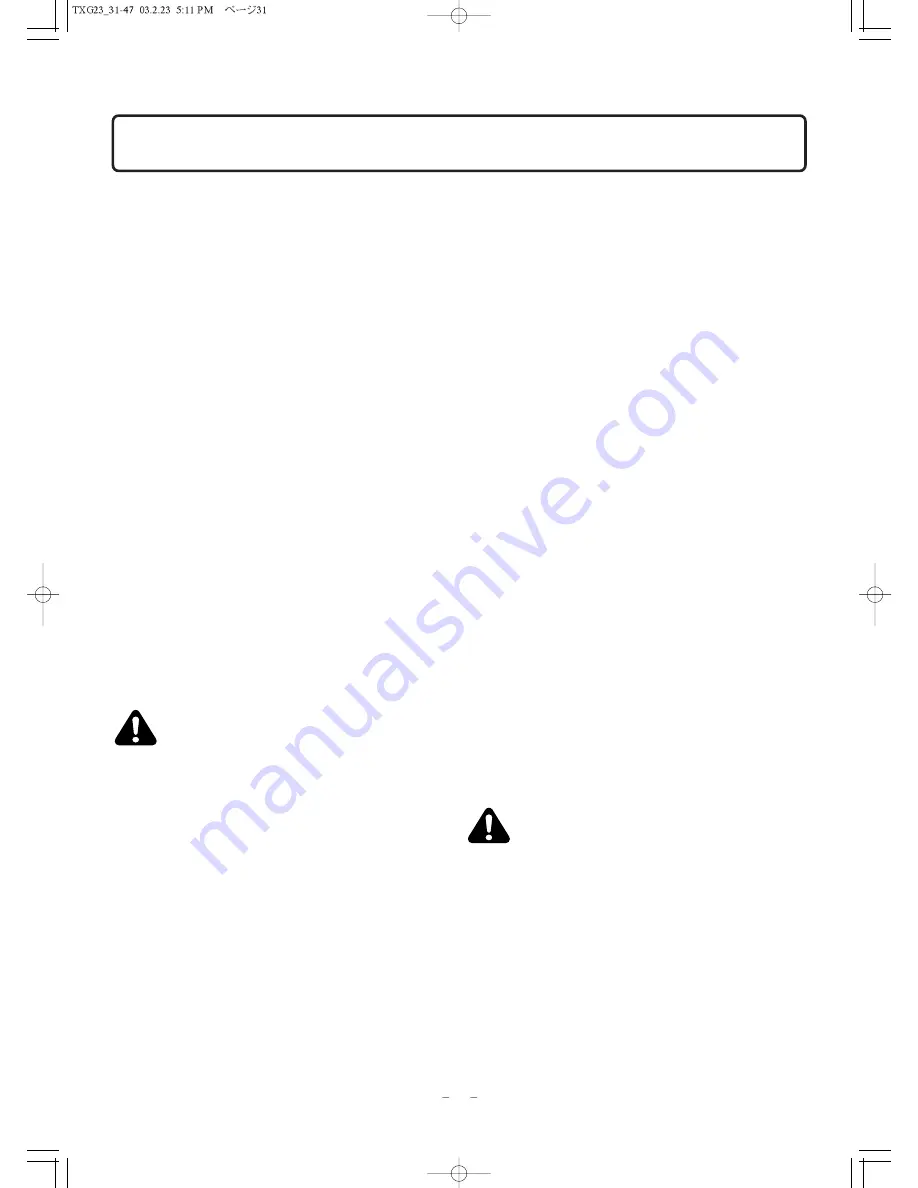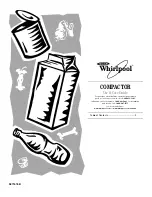
31
OPERATION
BREAK-IN PERIOD
Operation of tractor within the first fifty hours can be a
major factor in determining the performance and life of the
engine and Tractor:
K
The engine may be operated at full rpm but exces-
sive load should be avoided. If engine begins to "lug",
operate in a lower gear to maintain higher engine
speed.
K
Check coolant level and check engine, transmission
and other oil levels frequently during break-in period.
Watch for evidence of leakage of above fluids.
Replenish levels as required and repair any leaks
that may have formed.
K
Tighten any nuts, bolts, or screws that may have
loosened and retighten as necessary. This is espe-
cially true of wheel retaining bolts. All fasteners on
this Tractor are metric.
K
Be observant of clutch and brake pedal free-play
adjustments and readjust as required. Lining materi-
als used in clutch disc and brake shoes "bed in" the
first few hours of operation and may necessitate the
need for early and frequent readjustment.
K
Keep area around fuel tank filler clean. Make sure
diesel fuel is of correct grade and free of contamina-
tion.
K
Initial engine oil and oil filter change is after first fifty
hours of operation. Subsequent change interval is
every one hundred fifty hours for engine oil and filter.
CAUTION: Proper maintenance practices can-
not be over-emphasized. They are required
for safe operation. Consultant "Lubrication
and Maintenance" section for full details.
OPERATION
STARTING
Pre-Start Inspection
Prior to daily start-up of Tractor, a few basic procedures
should be followed to ensure Tractor is in operating order
to insure longer life and dependability:
K
Make sure all safety shields are in place and secured
properly.
K
Make sure operator is instructed in correct and safe
operation of Tractor and related attachments or im-
plements.
K
Check coolant, engine oil and transmission oil levels
and replenish as necessary.
K
Check fan belt tension and adjust as required.
K
Make sure radiator, air intake screen, and radiator sc-
reen are clear of debris to provide maximum engine
cooling.
K
Check operation of clutch, brake and throttle controls.
All controls must operate freely and be adjusted cor-
rectly.
K
Conduct a general inspection of tires, tire pressure,
and wheel bolt torque. Observe for external signs of
leakage and correct before operating Tractor. Check
steering for excessive looseness.
K
Check for adequate fuel supply. If is recommended
fuel tank be filled following each days use to; reduce
condensation and provide full tank for next use.
K
Check operation of lights and warning flashers. If Tra-
ctor is to be transported on public road, ensure slow
moving vehicle emblem is in place.
NOTE: Requirements may vary regarding use of warn-
ing flashers and slow moving vehicle emblem
depending on locality. Check local safety codes.
WARNING: Carefully read and understand the
SAFETY section of this book. Your life, and
that of others, can be in danger during the
starting of the Tractor.
Always start and operate the engine in a well
ventilated area.
If in an enclosed area, vent the exhaust to the
outside.
DO NOT modify or tamper with the exhaust
system.
















































